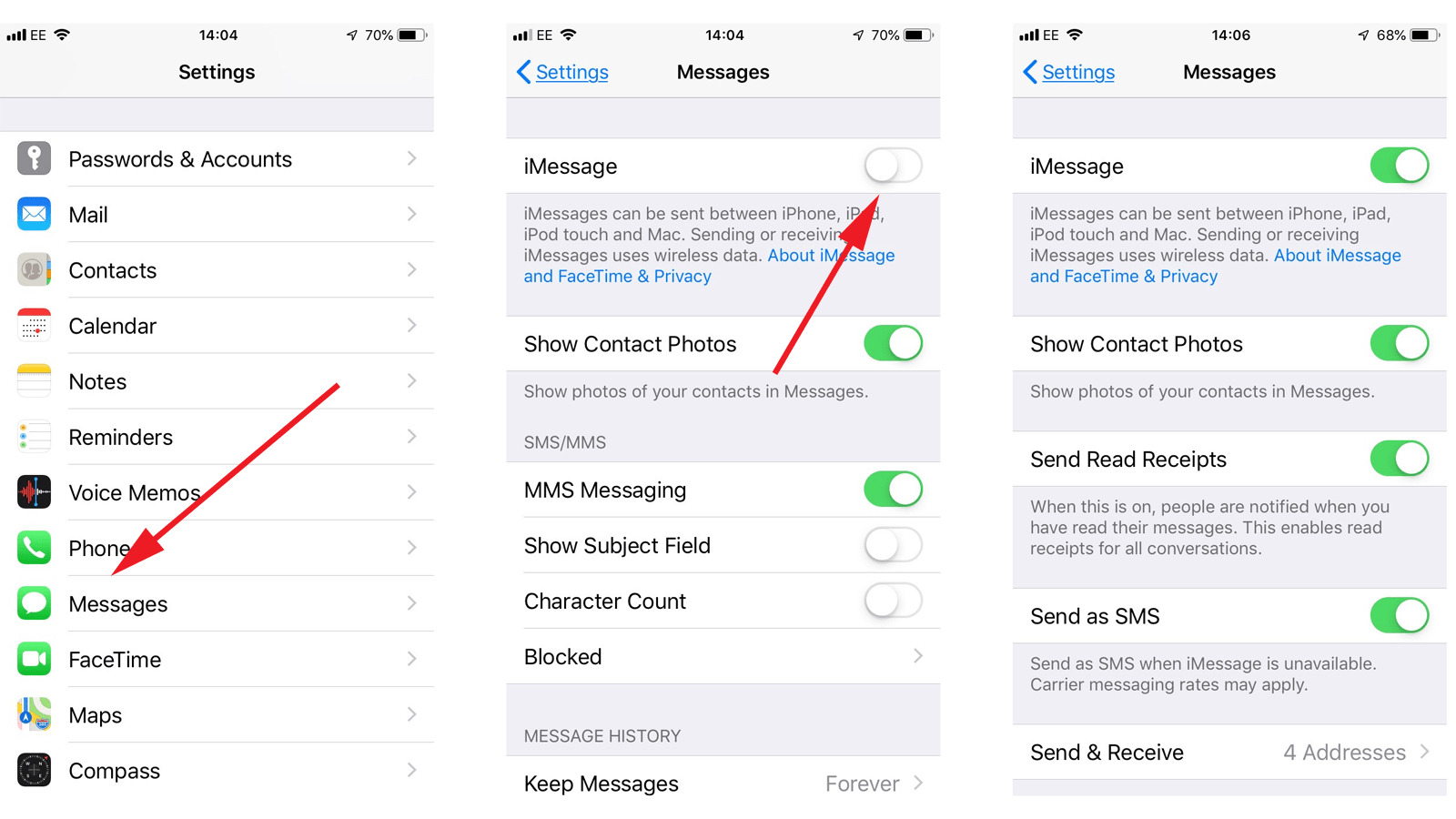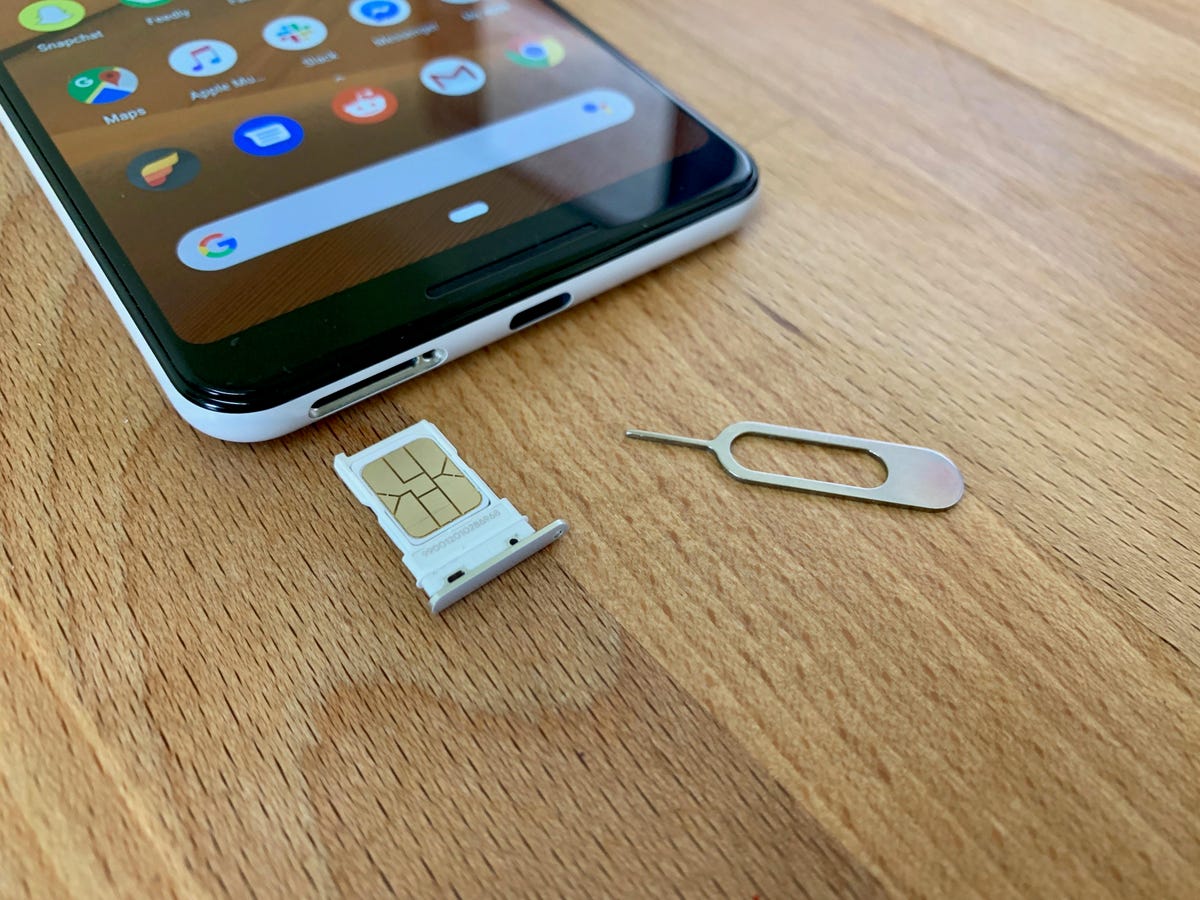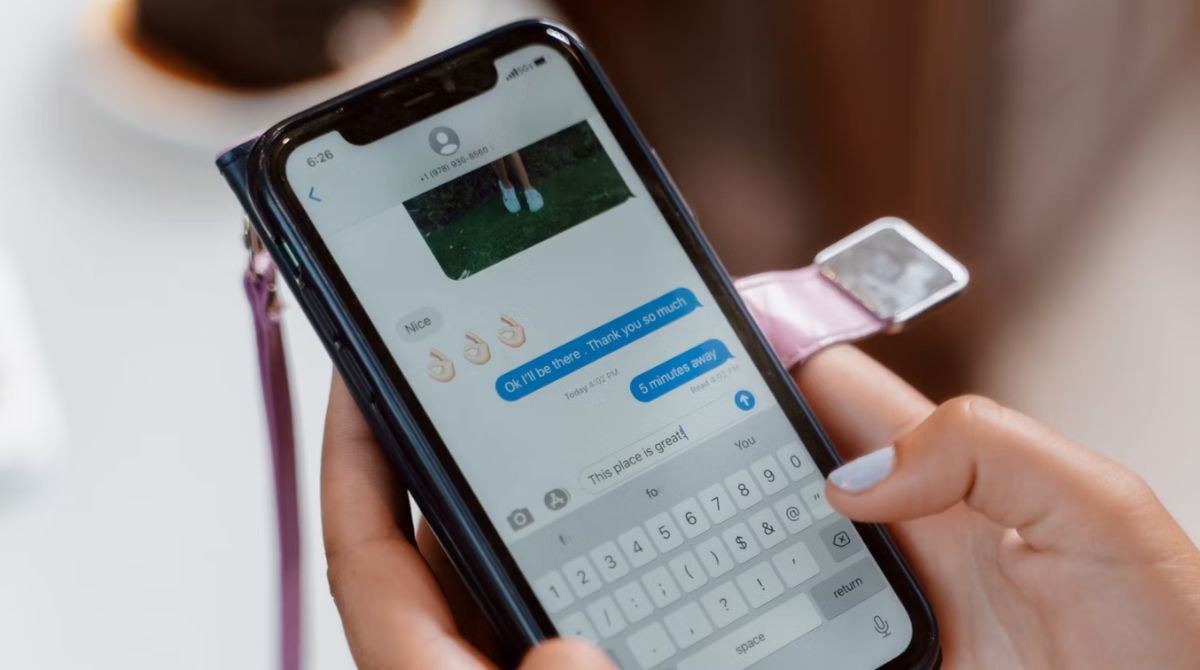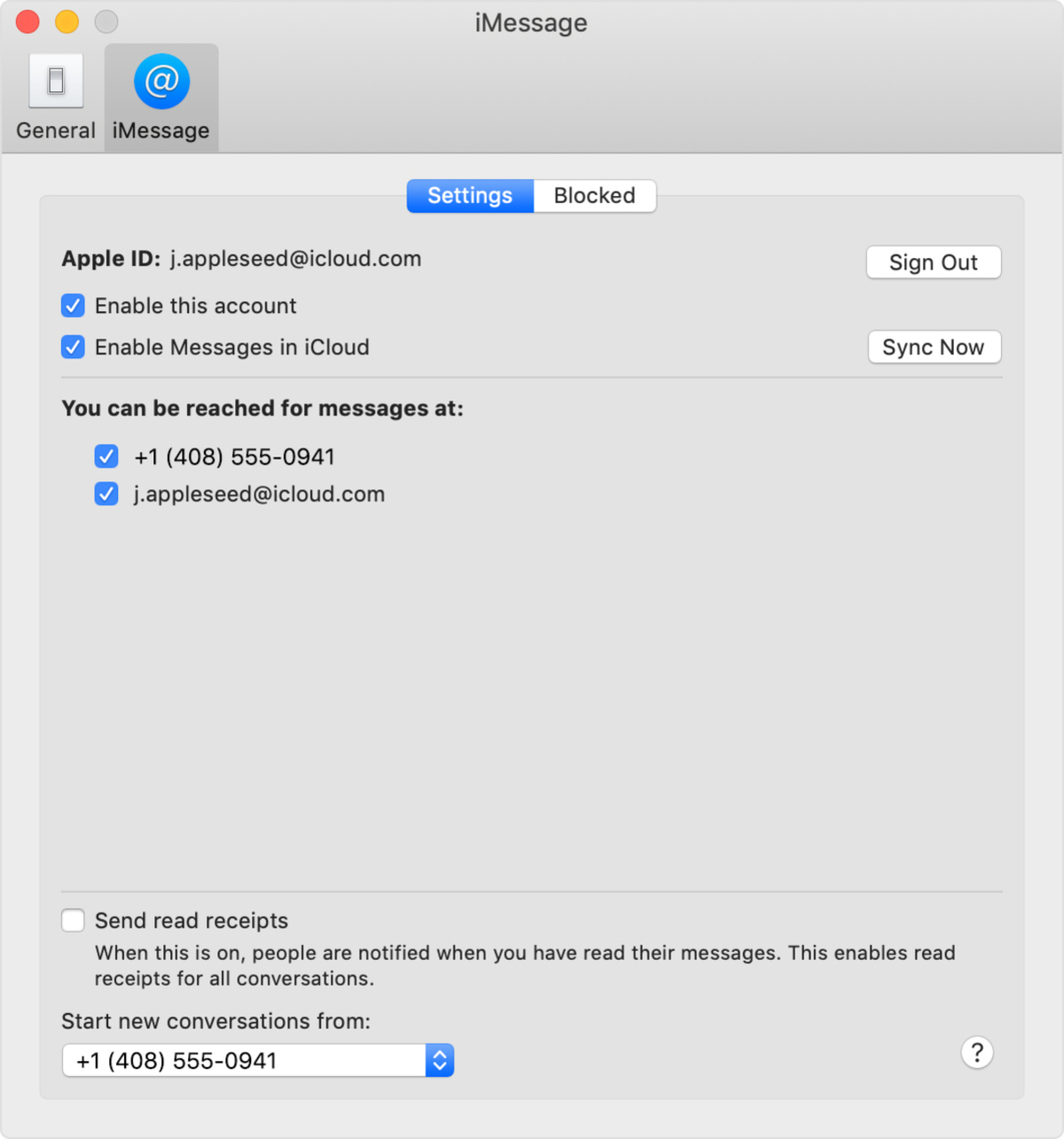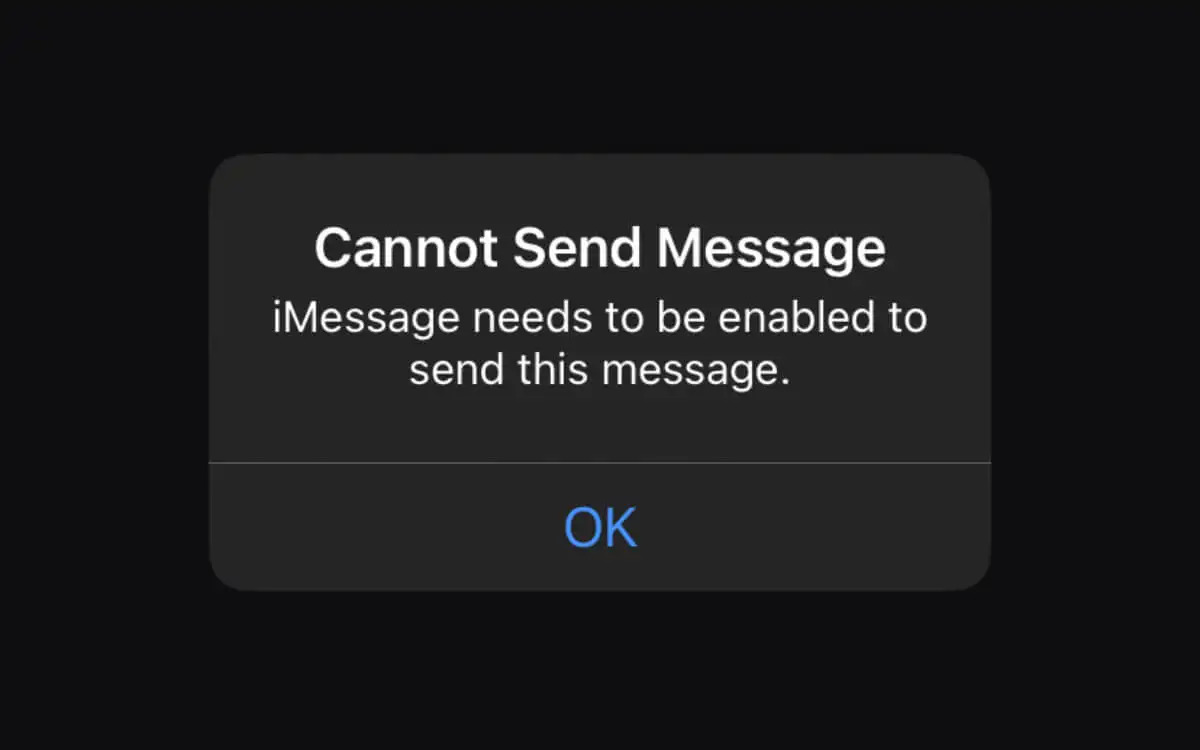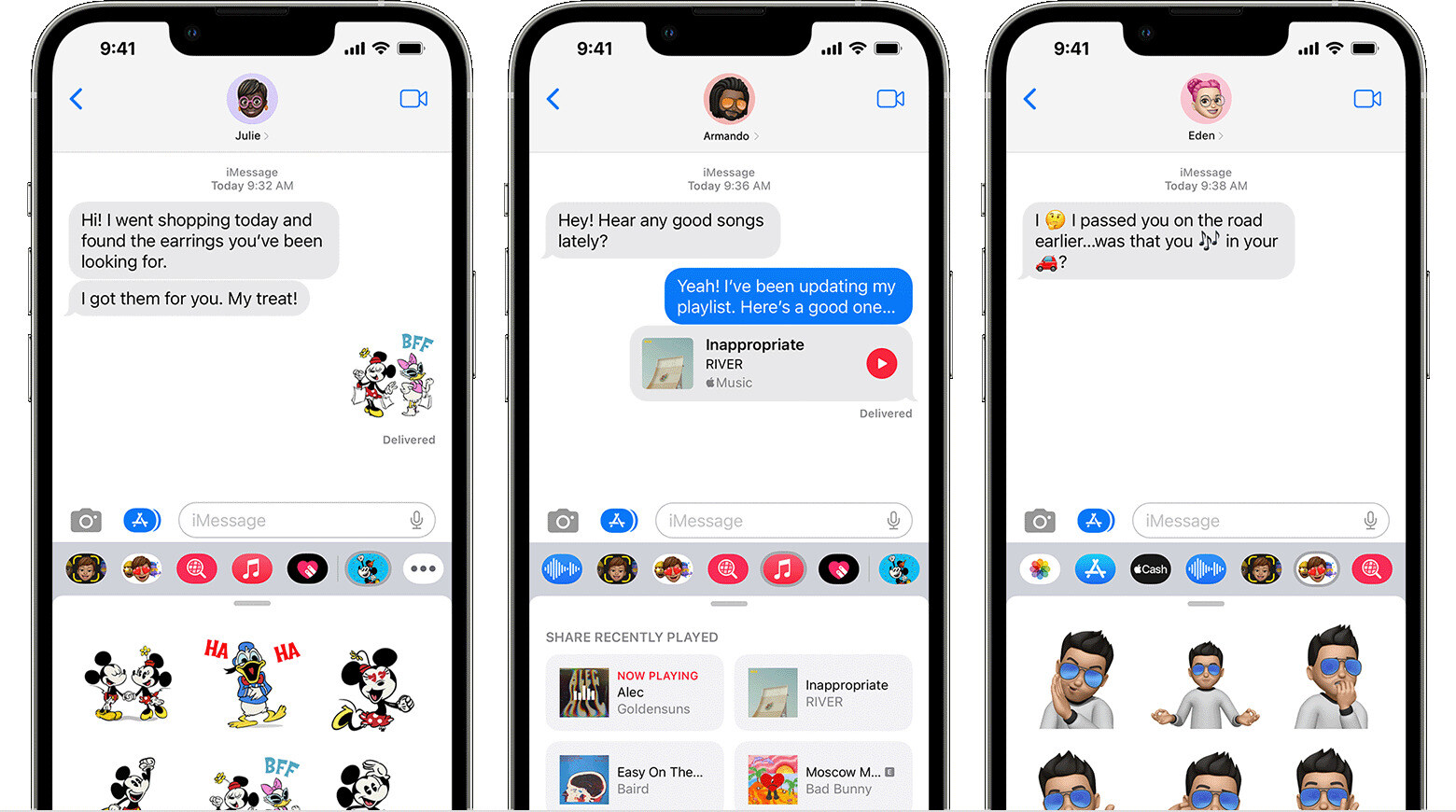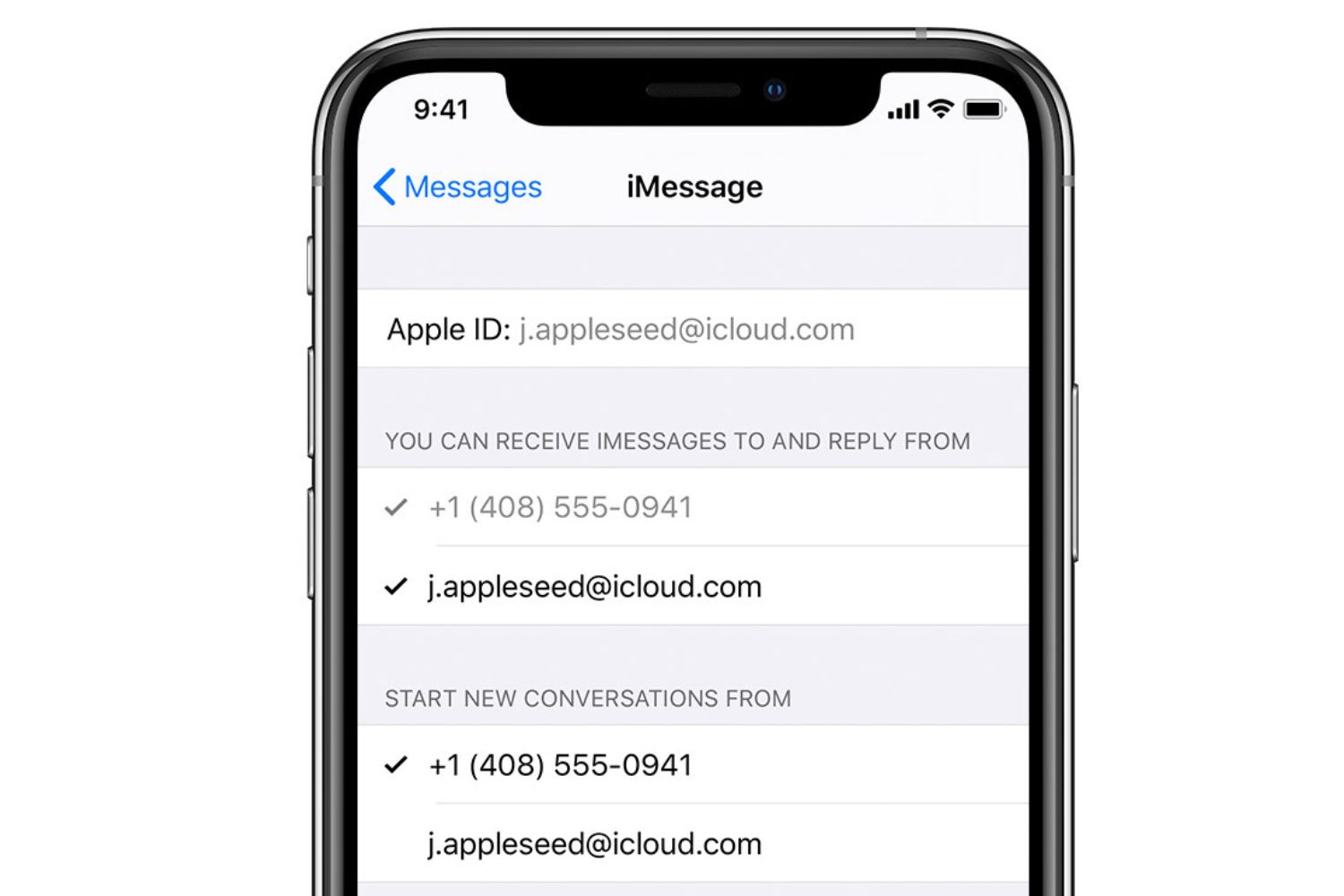Introduction
In today’s digital age, communication has become more convenient and instant than ever before. One popular means of communication is through Apple’s iMessage, a messaging service that allows users to send text messages, photos, videos, and more to other Apple device users. iMessage offers features like end-to-end encryption, read receipts, and seamless integration across different Apple devices.
Whether you are new to the Apple ecosystem or have just upgraded to a new device, this article will guide you through the process of enabling iMessage. We will explore how to set up iMessage on both iPhone and Mac, as well as troubleshoot common issues that users may encounter.
With iMessage, you can stay connected with your friends, family, and colleagues without worrying about SMS costs or limitations. By leveraging the power of the internet, iMessage allows you to send messages, share multimedia content, and even engage in group chats effortlessly. Let’s dive in and discover how to unlock this powerful communication tool on your Apple devices.
Setting Up iMessage on iPhone
Setting up iMessage on your iPhone is a straightforward process. Follow these steps to get started:
- Open the “Settings” app on your iPhone.
- Scroll down and tap on “Messages.”
- Toggle on the “iMessage” switch to enable it.
- If prompted, sign in with your Apple ID and password. If you don’t have an Apple ID, you can create one by tapping on “Create Apple ID” and following the on-screen instructions.
- Once signed in, you can choose whether to be reached by iMessage using your phone number or email address. Tap on “Send & Receive” and select the applicable options.
- You can also customize your iMessage settings further by going back to the “Messages” page in the Settings app. Here, you can enable features such as read receipts, message effects, and more.
After following these steps, iMessage will be successfully set up on your iPhone. You can now start sending and receiving iMessages to other Apple device users.
It’s important to note that iMessage uses an internet connection to send and receive messages. If you’re not connected to Wi-Fi, iMessage will use your cellular data. However, it’s recommended to connect to Wi-Fi whenever possible to avoid any additional data charges from your mobile carrier.
Setting Up iMessage on Mac
If you have a Mac computer, setting up iMessage on it allows you to seamlessly sync and continue conversations from your iPhone. Follow the steps below to enable iMessage on your Mac:
- Open the “Messages” app on your Mac. You can find it in the Applications folder or by searching for it using Spotlight.
- If you haven’t signed in with your Apple ID on your Mac before, you will be prompted to sign in with your Apple ID credentials. Enter your Apple ID and password, then click on “Sign In.”
- Once signed in, click on “Messages” in the menu bar, then select “Preferences.”
- In the Preferences window, go to the “Accounts” tab. You should see your Apple ID listed on the left-hand side. Make sure the “Enable this account” option is checked.
- You can also choose to associate your phone number and additional email addresses with iMessage on your Mac by clicking on “Settings” next to your Apple ID in the Accounts tab. This will allow others to reach you using those contact details.
- Customize your iMessage settings by exploring the options available in the Preferences window. You can adjust settings for notifications, message storage, and more according to your preferences.
Once you’ve completed these steps, iMessage will be enabled on your Mac, and your conversations will sync across your iPhone and Mac devices. You can now send and receive iMessages on your Mac, making it even more convenient to stay connected with your contacts.
It’s worth noting that to use iMessage on your Mac, both your Mac and iPhone need to be connected to the same Apple ID and connected to the internet. This ensures that your messages are securely synced and accessible across all your devices.
Troubleshooting iMessage Issues
Despite its reliability, there are times when iMessage may encounter certain issues. Here are some common iMessage issues and their possible solutions:
- iMessage not activating: If you’re having trouble activating iMessage on your device, ensure that you have a stable internet connection. You can also try signing out of your Apple ID, restarting your device, and signing back in.
- Messages not sending: If your iMessages are not being sent, check if the recipient is using an Apple device with iMessage enabled. If not, your message will be sent as a regular SMS. Additionally, verify if your Wi-Fi or cellular data connection is stable.
- Not receiving iMessages: If you’re unable to receive iMessages, ensure that you have a stable internet connection. Verify that your device is connected to the internet and that iMessage is enabled in your device settings.
- Switching between devices: If you’re switching between multiple Apple devices, ensure that they are all signed in with the same Apple ID and connected to the internet. This allows for seamless syncing of your iMessages across devices.
- Missing messages: If you notice that some iMessages are missing, check if you have accidentally enabled message filtering or if the messages have been archived. You can adjust these settings in the Messages app on your device.
If you have tried the above troubleshooting steps and are still experiencing issues with iMessage, it may be helpful to contact Apple Support or visit an Apple Store for further assistance. They can provide tailored solutions to resolve any persistent problems you may encounter with iMessage.
Keeping iMessage up and running smoothly will ensure that you can fully enjoy its features and stay connected with your contacts in a convenient and secure manner.
Frequently Asked Questions
Here are some frequently asked questions about setting up and using iMessage:
-
Can I use iMessage on non-Apple devices?
No, iMessage is exclusive to Apple devices. However, you can still communicate with non-Apple users using SMS or other messaging apps. -
Is iMessage secure?
Yes, iMessage uses end-to-end encryption to ensure the security and privacy of your messages. This means that only you and the intended recipient can read the messages. -
Does using iMessage consume cellular data?
iMessage uses an internet connection to send and receive messages. While it can utilize cellular data when Wi-Fi is not available, it is recommended to connect to Wi-Fi to avoid using up your mobile data allowance. -
Can I access iMessage on multiple devices?
Yes, iMessage is designed to seamlessly sync across multiple Apple devices. As long as all devices are signed in with the same Apple ID, you can send and receive iMessages on your iPhone, iPad, and Mac. -
Can I use iMessage to send media files?
Absolutely! iMessage allows you to send not only text but also photos, videos, voice messages, GIFs, and more. Simply tap on the corresponding options within the iMessage app to attach and send media files.
These common questions should give you a better understanding of iMessage and its features. If you have any other questions or concerns, refer to Apple’s official support documentation or reach out to their customer support for further assistance.







